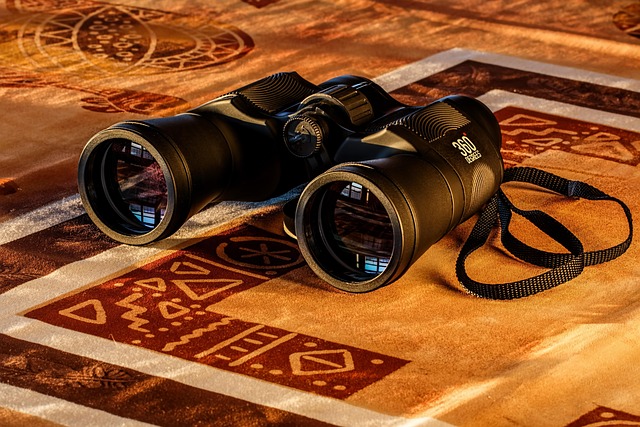Photography is an art that transcends mere visuals; it captures moments, emotions, and perspectives through the lens of a camera. However, like any art form, it comes with its own set of challenges. Among these challenges, optical errors can significantly impact the quality and intention of your photographs. Understanding these errors is not just about correcting mistakes; it’s about mastering exposure to enhance your photographic journey.
Optical errors, in the context of photography, refer to various imperfections that occur during the imaging process, resulting in reduced image quality. Whether caused by the lens design, camera settings, or environmental conditions, these errors can distort reality, rendering photographs less than what the photographer envisioned.
When we speak of exposure in photography, we delve into the balance of light and shadow, a delicate dance that defines the mood of an image. Yet, if optical errors creep in when adjusting exposure settings, the result can be far from satisfactory. For instance, a lens with significant chromatic aberration can create unsightly color fringing around highlights, detracting from the clarity of your subject. Understanding how to manage such issues is pivotal in creating well-exposed images that resonate with viewers.
One common optical error many photographers encounter is distortion. This can occur when using wide-angle lenses, resulting in curved lines that should be straight. This is particularly noticeable in architectural photography, where symmetry and straight lines are crucial. By being aware of how your lens affects the image, you can take corrective measures in your composition or post-processing techniques when mastering exposure.
Another aspect to consider is vignetting, which produces darker corners in your photos, drawing the viewer’s eye towards the center of the frame. This can be an aesthetic choice, but it can also indicate a lens fault, especially if it’s not your intention. Understanding the source of this error allows you to choose the right lens based on your subject or adjust your settings to counteract this effect for consistent exposure throughout your photo.
Furthermore, lens flare is an optical error that occurs when bright light sources cause unwanted artifacts and haziness in your images. While some photographers embrace streaks of light for a dramatic effect, others aim for clarity. Knowing how to tilt your camera or use lens hoods can help manage this error and achieve clean exposure.
The road to mastering optical errors and achieving the perfect exposure in photography lies in experience and practice. Take the time to experiment with different lenses, lighting conditions, and settings. Analyze your results, identify any optical flaws, and learn how to adjust your approach. In doing so, you’ll find yourself not only correcting errors but also enhancing your unique photographic vision.
In the world of photography, it’s easy to feel overwhelmed by the technicalities, but remember that each image tells a story. By understanding optical errors and how they impact exposure, you can refine your skills and elevate your photography to new heights, creating images that are not just technically sound but also resonate deeply with viewers.



